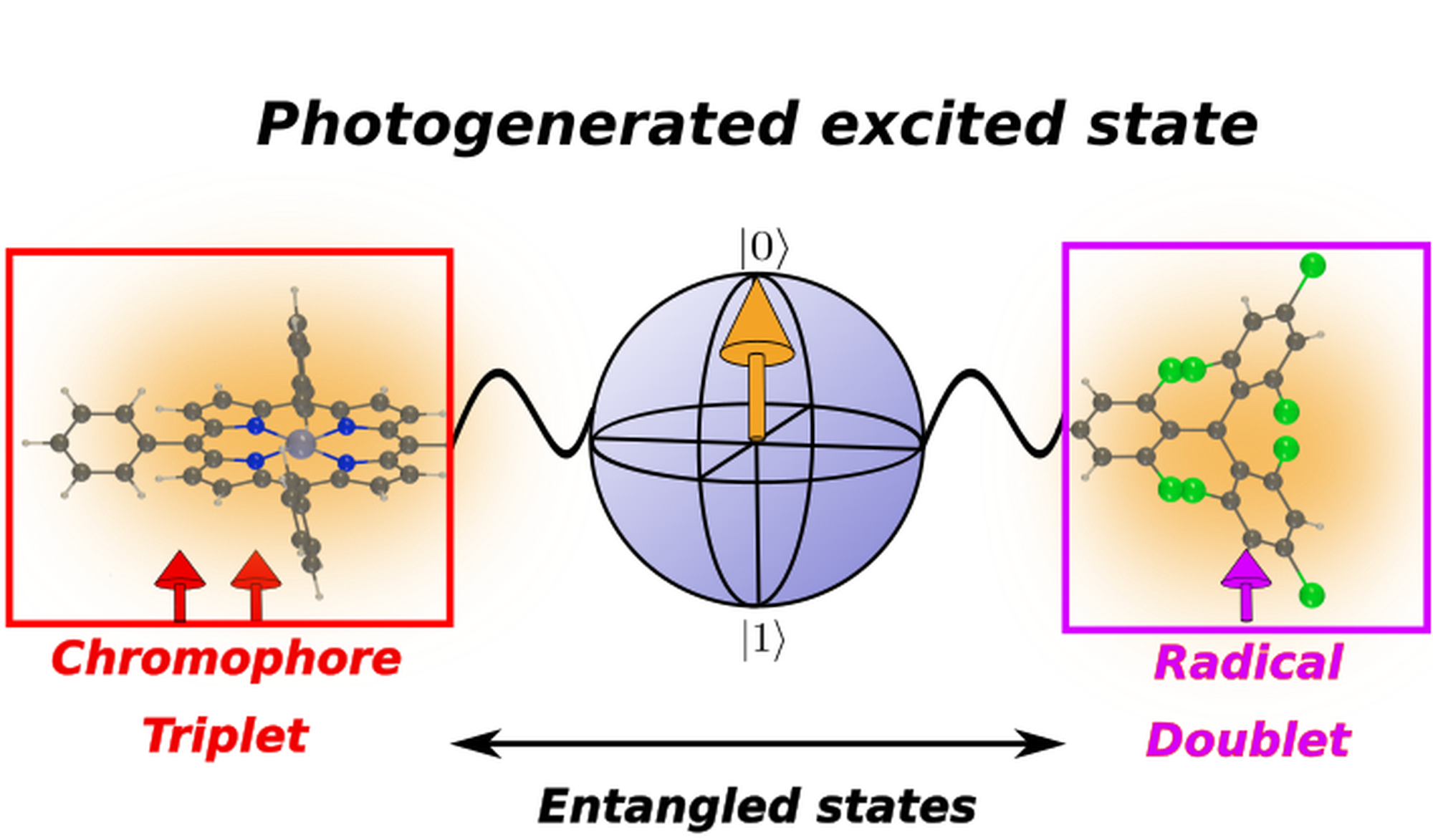Designing qubits from chromophore-radical systems

Internship
Type of Project: Theory Project
Location: Donostia
Supervisors:
Claire Tonnelé
Roberto A. Boto
Quantum computing is an emerging branch of computer science based on the principles of quantum mechanics that outperforms traditional computational algorithms by carrying out a vast number of operations which otherwise would require times longer than the age of the universe. This overwhelming acceleration is possible thanks to the concept of quantum bit (qubit), fundamentally a quantum two-level system such as the two spin states of an electron, or the vertical and horizontal polarization of a photon [1]. Qubits generated from electron spins fulfil the ideal conditions to be used in quantum computing [2]: i) they exhibit lifetimes long enough to perform operations (long coherence times) and ii) they can be easily generated and measured using optical electromagnetic fields. In this regard, molecular systems consisting of chromophores covalently bonded to organic radicals (also known as chromophore-stable radical systems) show promising features to generate electron spin qubits detectable through absorption or emission spectroscopies and with long coherence times [3]. However, the practical use of such chromophore-stable radical systems in quantum computing demands precise control of the nature and the dynamics of their excited states.
The present project aims to explore the necessary conditions for the efficient generation of highly polarized spin states in molecular systems consisting of an organic chromophore covalently linked to a stable organic radical. This is in essence a computational research project that will rely on the application of quantum chemistry electronic structure methods to characterize electronic excited states and their photophysical and magnetic properties. The candidate should have a basic knowledge on quantum mechanics (assumed in chemistry and physics BSc. students), and preferably have experience in the computation of the electronic structure of molecular systems.
References
[1] D. P. DiVincenzo. "The physical implementation of quantum computing". Fortschr. Phys. 2008, 48, 9.
[2] S. Von Kugelgen, and D. E. Freedman. "A chemical path to quantum information". Science. 2019, 336, 1070.
[3] T. Quintes, M. Mayländer and S. Richert, "Properties and applications of photoexcited chromophore–radical systems". Nat Rev Chem. 2023.
